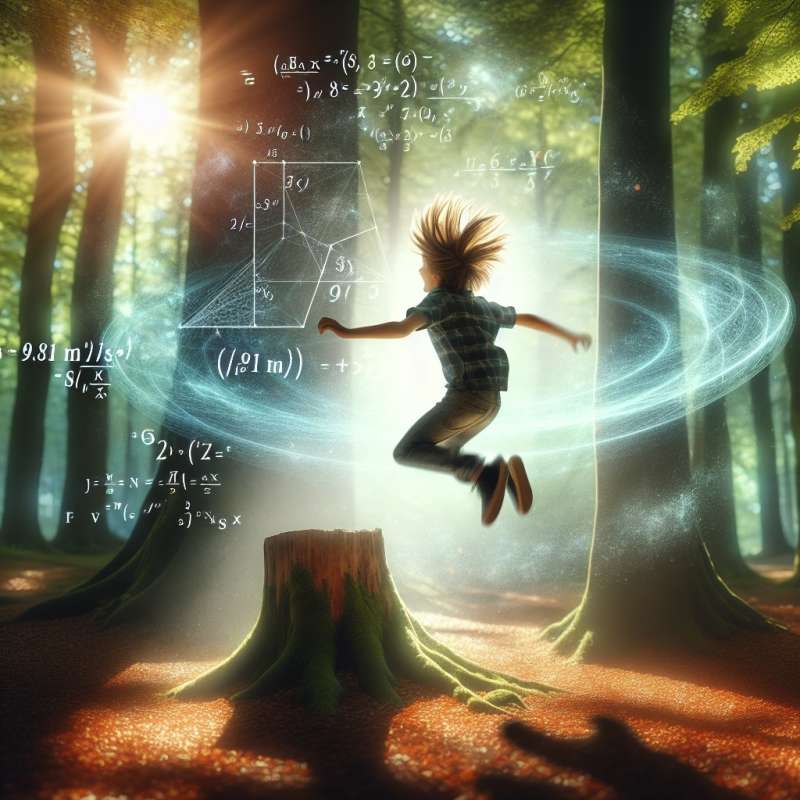
Introduction to Gravity
Gravity is a force attracting two bodies. Newton's law of universal gravitation defines it as proportional to masses and inversely to the square of the distance between their centers.
Earth's Gravitational Constant
Earth's gravitational constant (G) is 6.67430 × 10^-11 N(m/kg)^2. It allows us to calculate the gravitational pull between Earth and other objects, crucial for understanding moon's gravity.
Gravity at Earth's Surface
Gravity on Earth's surface is approximately 9.81 m/s^2. This acceleration is due to Earth's mass and the distance to its center, setting a reference for comparison with the moon.
Moon's Average Distance
The average distance from the Earth to the moon is about 384,400 km. Gravitational acceleration decreases with distance, so it will be less on the moon than on Earth's surface.
Calculating Moon's Gravity
To find the acceleration at the moon's distance, apply Newton's law using Earth’s mass (5.972 × 10^24 kg), the gravitational constant, and the moon's average distance.
Acceleration Value Revealed
After calculations, the gravitational acceleration at the distance of the moon is roughly 0.0027 m/s^2. This weak force still influences tides and the moon’s orbital motion.
Gravity's Universal Influence
Despite the reduced gravity at the moon's distance, it affects Earth significantly. It's vital for tidal patterns, ecosystem functioning, and has been since the Solar System's formation.Gravity's Long Reach
Gravity from a single photon can theoretically attract an object across the universe, although the effect is minuscule.
What defines gravitational force?
Distance between objects
Mass and distance squared
Objects' velocity
Company